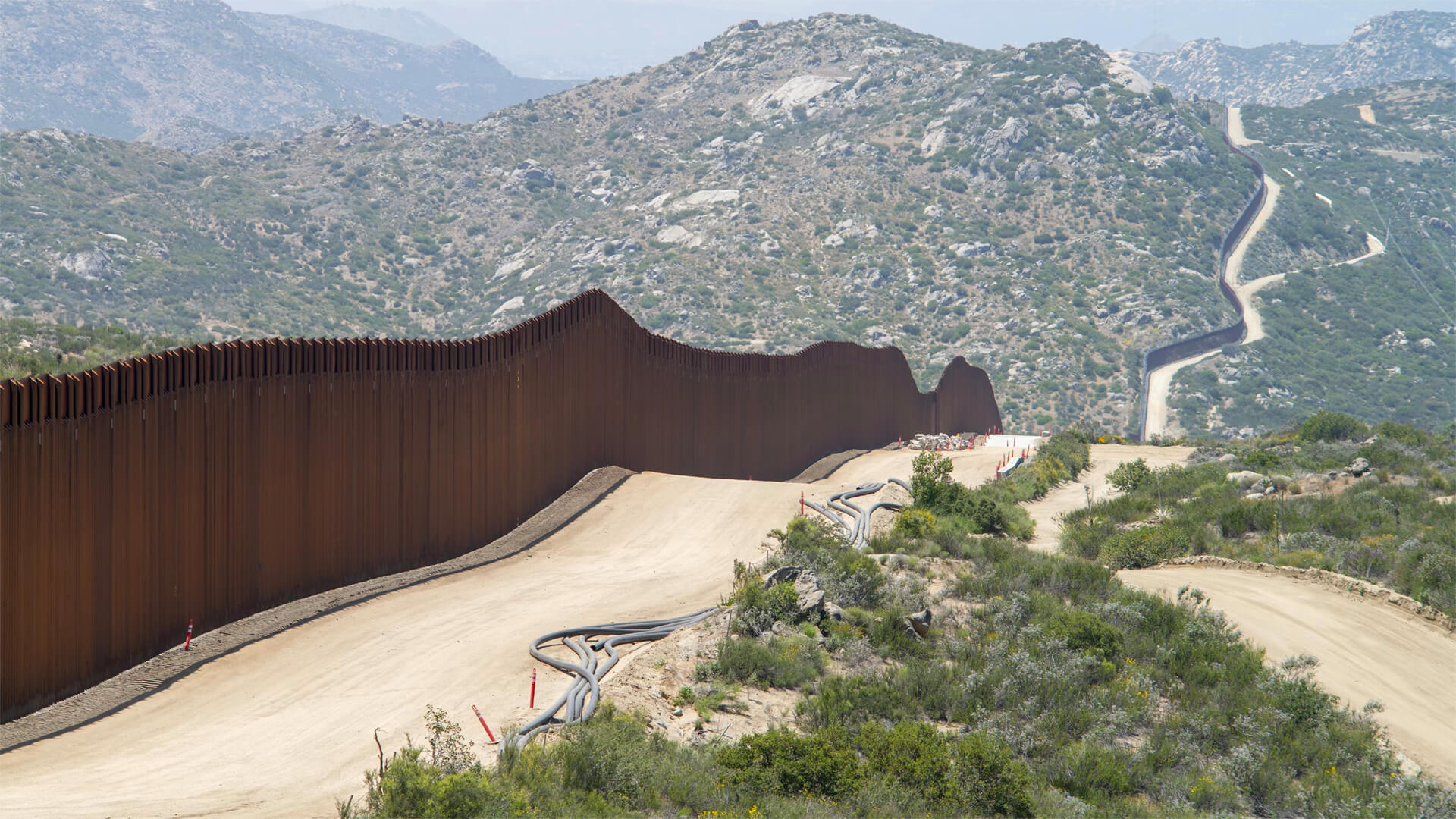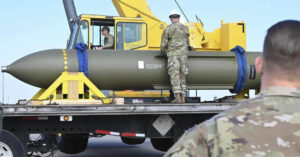Today, we’re peeling back another layer of the U.S. immigration onion – Venezuelan immigrants. Since Hugo Chavez took power in the late 90s, Venezuela has been spiraling into a political and economic crisis, so fleeing the failing state is the best option. (The damage inflicted was so deep, and his successor so incompetent, that Chavez’s death didn’t help at all.)
These aren’t the typical low-skilled immigrants showing up at the southern border; these Venezuelans are highly skilled and educated. This begs the question – could this be the solution to the US labor shortage? The short answer is no, at least until immigration reform occurs.
But the long and treacherous journey these Venezuelans make isn’t for economic reasons; it’s simply to avoid starving to death in their home country. The dynamics of the southern U.S. border are changing, and Mexico’s role will also evolve.
Here at Zeihan On Geopolitics we select a single charity to sponsor. We have two criteria:
First, we look across the world and use our skill sets to identify where the needs are most acute. Second, we look for an institution with preexisting networks for both materials gathering and aid distribution. That way we know every cent of our donation is not simply going directly to where help is needed most, but our donations serve as a force multiplier for a system already in existence. Then we give what we can.
Today, our chosen charity is a group called Medshare, which provides emergency medical services to communities in need, with a very heavy emphasis on locations facing acute crises. Medshare operates right in the thick of it. Until future notice, every cent we earn from every book we sell in every format through every retailer is going to Medshare’s Ukraine fund.
And then there’s you.
Our newsletters and videologues are not only free, they will always be free. We also will never share your contact information with anyone. All we ask is that if you find one of our releases in any way useful, that you make a donation to Medshare. Over one third of Ukraine’s pre-war population has either been forced from their homes, kidnapped and shipped to Russia, or is trying to survive in occupied lands. This is our way to help who we can. Please, join us.
Transcript
Hey everybody. Peter Zeihan here coming to you from chilly Colorado, where fall has definitely set in. Today, we’re going to talk about the situation on the southern border as regards a very specific group of people, the Venezuelans. For those of you who don’t follow South America, Venezuela used to be one of the most advanced countries in the developing world with excellent health care, education and infrastructure.
But in 1988, a populist by the name of Hugo Chavez won an election and took the country down the path into populist desolation, complete with a gutting of the industrial base, the destruction of the oil sector infrastructure fell apart over the next 20 years, and as of three four years ago, the country actually fell into famine, which is just bonkers because this is a country that used to export about 3 million barrels a day of crude and be a significant food exporter as well.
Today, well, as of the first of the year, oil output had dropped down to nearly a half a million barrels a day. They’ve increased that by maybe a third to half. At this point, well, but they import over 80% of their food. And while they’re in a bit of an ideological war with the United States, most of that food comes from the United States via Colombia, which is a country that the socialist ideologues in Venezuela say that are their enemies.
Anyway, the whole place is falling apart. Something like 7 million people have already fled the country out of a famine, population of over 40 million and more coming every day. Most of those people, single largest chunk over 2 million, have gone to Colombia. Most of the remainder are elsewhere in South America, and roughly a half a million have made the very long, very dangerous trip through the Colombian jungles and mountains.
Through the Darién Gap was a section of lowland jungle where Panama meets South America. Then, all the way up through all of Central America and all of Mexico in order to reach the United States. A couple of months ago, the Biden administration granted them a degree of protected status because these are not your normal migrants. When we think of migrants today on the southern border, we’re not thinking of Mexicans.
Mexicans are way too skilled and the situation at home, despite the crime economically, actually is pretty decent. We haven’t had positive migration out of Mexico to the United States in 15 years now. In fact, it’s been negative in most of those years with more people going home than the other way around or American Snowbird in, for example. Venezuelans are different.
Most of the Mexicans who migrated in the eighties, in the nineties, in the 2000, the 20 tens didn’t come from northern Mexico, which is the wealthy part of the country, or central Mexico, which is the political zone. But the southern areas that have kind of been left behind. They’re of a different ethnic stock. A lot more indigenous blood education levels are lower.
And that’s why Mexicans in the United States have a reputation for doing manual labor. The Mexicans who have doctorates for the most part, stay home or work in northern Mexico, and there are a lot of them anyway. The flows more recently have been Central American countries, most notably Honduras, Guatemala and El Salvador. All countries that are flirting with failed state status.
And so their infrastructure is poor, education is poor, economic outcomes are thin. Agriculture is limited to tropical, which is very low value added, does not require skilled labor force. And so these are people who are desperate to look for anything else. And so, ironically, America’s capacity to interdict migrants is seen as a plus because it means their state capacity here in the United States, which they don’t have at home.
And as long as their countries are failing, they’re going to continue to look for ways to come here. Venezuelans are from category. Any Venezuelan who is over age 45 is one who was educated in the pre Chavez days, and that means he or she benefited from one of the most sophisticated educational experiences in the entirety of the developing world before Chavez drove the entire place into the ground.
So these are people with tradeable skills, master’s and doctorate degrees, and they are walking 3000 miles for a chance to avoid famine. So I’ve often said that the only way to keep the Central Americans out is to basically shoot anyone with a tan who tries to cross at the border. That wouldn’t work for Venezuelans because where they’re coming from has fallen so far.
Its standard of living, arguably, is now below that of the central American states and is going to get worse. We are looking at outright state collapse in Venezuela and everyone who has something that’s portable, mostly a skill set, is on their way to somewhere else. So a few things to keep in mind. Number one, we are facing the labor shortage in the United States that will not let up for a minimum of 20 years at some point, the American political system is going to have to deal with that.
And our options are fewer goods, fewer services, especially for retirees and much, much higher inflation or a degree of immigration reform. Now, I don’t think we’re going to get that in the near term. It will coming up on a political election year. Both the Trump team and the Biden team are furiously anti-migrant because they’re trying to court the unions into their political coalitions.
And the unions are arguably one of the two top most anti migrant and immigration groups in American politics today. So we’re not going to get it anytime soon. And of course, in the short term, Congress is not functioning because we don’t have a speaker for the House. So there’s that to a. But these are the sort of people, honestly, that the United States has always said that it wants skilled labor, not unskilled labor.
Second, no matter what happens on the border, no matter what our policies are going to be, these people are going to keep coming because their state is literally dying behind them. And what limited capacity we have to fly them home just starts the journey again because the alternative is to starve. So that’s not great. Perhaps third, most importantly is that the nature of Mexico has really evolved in the last five years.
The Mexican birthrate started to fall 35 years ago when NAFTA was operationalized, which means that the Mexican birthrate has been falling steadily that entire time and now is only just barely at replacement levels. That means Mexico has become a net destination for inward migrants. And so for the first time and all of these conversations about the border, we actually have the Americans and the Mexicans more or less coming to the table with a similar point of view.
And that is going to provide some interesting opportunities, especially since we can’t get any sort of legislative change when it comes to managing the flows. I don’t mean to suggest for a second that the situation on the southern border is about to solve itself. Hardly, but it is about to change pretty significantly in ways that are going to have a hard time wrapping our minds around.
We’re seeing more and more skilled migration coming up from the South and that’s not what we have set in our mind. So changes to come. We’ll see where it leads.








